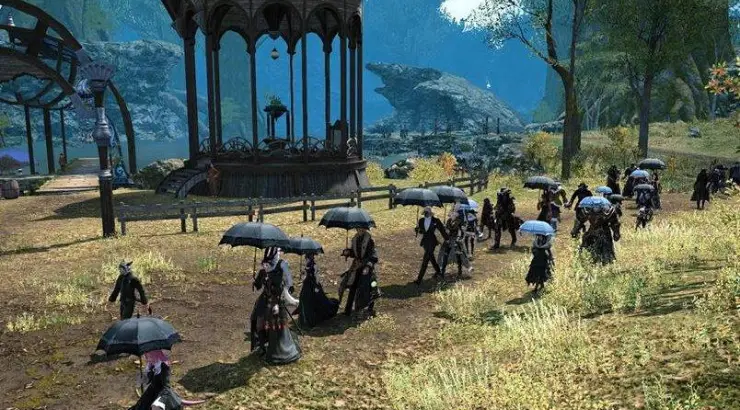Gurdjieff, G.I. - The Four Ideals. A Contemplative Exercise.
George Ivanovich Gurdjieff (/ˈɡɜːrdʒiˌɛf/; 31 March 1866/14 January 1872/28 November 1877 – 29 October 1949) commonly known as G. I. Gurdjieff, was a mystic, philosopher, spiritual teacher, and composer of Armenian and Greek descent, born in Alexandrapol (now Gyumri), Armenia.
Gurdjieff taught that most humans do not possess a unified
consciousness, and thus live their lives in a state of hypnotic "waking
sleep", but that it is possible to transcend to a higher state of
consciousness and achieve full human potential. Gurdjieff described a
method attempting to do so, calling the discipline "The Work"(connoting "work on oneself") or "the Method".
According to his principles and instructions,
Gurdjieff's method for awakening one's consciousness unites the methods of the fakir, monk and yogi, and thus he referred to it as the "Fourth Way".
consciousness, and thus live their lives in a state of hypnotic "waking
sleep", but that it is possible to transcend to a higher state of
consciousness and achieve full human potential. Gurdjieff described a
method attempting to do so, calling the discipline "The Work"(connoting "work on oneself") or "the Method".
According to his principles and instructions,
Gurdjieff's method for awakening one's consciousness unites the methods of the fakir, monk and yogi, and thus he referred to it as the "Fourth Way".






